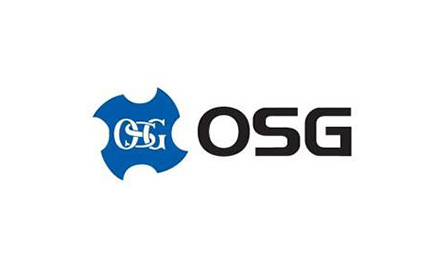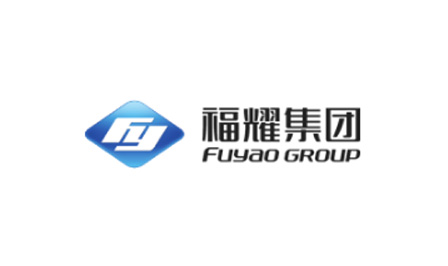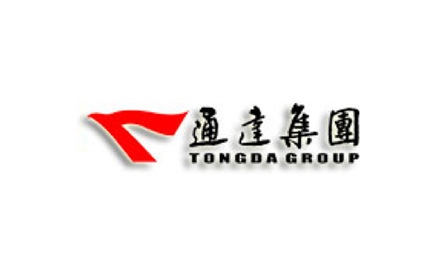Step 1: Research on needs and issues
Purpose: To grasp the basic organizational structure, job responsibilities, and work flow of the enterprise; the functional characteristics of the main modules; the approval and transfer process of enterprise data and documents; further confirm the existing problems of the enterprise and the main objectives of the project; Difficulty and feasibility;
Principles and skills: earnestly listen to the opinions of various parties; especially the backbone and front-line personnel; pay attention to informal research methods such as chat; pay attention to complaints; pay attention to the inspection and reference to corporate quality program documents.
Quality requirements: formation of research reports.
Enterprise cooperation requirements: Senior management and various departments proactively cooperate with Fangtian consultants to provide information and jointly discover problems. All departments and senior managers shall complete written reports related to the investigation.
Step 2: Solution and Project Team
Purpose: To propose a total solution for the project; to formulate a master plan for the project; to fully communicate with the senior management of the enterprise and obtain support.
Principles and skills: The plan must have better solutions to corporate problems; have a full estimate of project difficulties and communicate with the enterprise; design of project goals. The stability and training level of the project team members should be paid attention to from the beginning.
Contents and points: Give the customer a complete solution, determine the scope of work, work tasks, work results, milestones, project plans, project organization structure, and personnel responsibilities for the customer. Carefully consider the secondary development plan; organizing a formal launching ceremony on the basis of the survey helps to demonstrate the professionalism and pertinence of the implementation team.
Quality requirements: plan report; establishment of project team; high-level training; project plan; implementation report of key measures.
Enterprise cooperation requirements: The senior management of the enterprise participates in the discussion of the activity plan. The key measures implementation report obtained high-level approval; for the difficulties and the required human, financial and time resources of the project, the enterprise must ask the enterprise to propose an implementation plan.
The third step: business management optimization
Purpose: To standardize enterprise management processes and lay the foundation for project implementation.
Principles and skills: Grasp the right size; Try not to touch too many benefits; Grasp the mentality of the top management, and stop at the right time; Training is the basis for optimization.
Contents and points: the overall operation process; and the processes of each functional module of manufacturing, marketing, financial management, human resource management; business review process.
Quality requirements: Management optimization report evaluation report.
Enterprise cooperation requirements: It is very important for the high-level driving force of the measures; the high-level enterprises must participate fully; management optimization should be based on the company's ability to bear;
Step 4: Initial system settings
Purpose: Prepare basic data for system implementation; initial setup of each module; initial data import.
Principles and techniques: Must be documented; two people check input.
Contents and points: System settings include: permissions settings, initial data, pricing policies, and document review process. Data coding principles Data preparation: including suppliers, customers, personnel, goods, accounting subjects, warehouses, bank accounts, bill numbers (provided by the system).
Quality requirements: Various data collation reports.
Enterprise cooperation requirements: Give sufficient attention to data preparation; enterprises must have measures to ensure the accuracy of the data; the largest and most detailed link of the workload.
Step 5: Trial run of software solution
Purpose: To verify the feasibility of the scheme; to discover the problems of the scheme; to improve the user's confidence.
Principles and skills: The project team demonstrates first and then organizes a corporate training demonstration.
Contents and key points: Set up a new account set, test run the solution, and find out the differences between software functions and actual requirements and whether you can reach the set goals. Verify solutions to specific problems.
Step 6: Data Entry
Purpose: To import data into the system.
Principles and techniques: Data accuracy is fundamental.
Contents and main points: the company completes the data by itself and requires the company to review and sign in multiple departments and multiple people; two people check the input.
Quality requirements: Various data collation reports.
Enterprise cooperation requirements: Enterprises must have measures to ensure the accuracy of the data; the largest and most detailed link.
Step 7: System parallelism and stability assessment
Purpose: Stability investigation; details problem solving.
Principles and techniques: on-site tracking.
Contents and main points: It should be completed by the enterprise, and cultivate the independent use ability of the enterprise.
Enterprise cooperation requirements: the most prone to problems. Enterprises are required to be mentally prepared, persistence is victory, and find and solve problems.
Step 8: System switching
Purpose: Official use.
Principles and skills: It needs to be fully evaluated after the seventh step.
Step 9: Management solidification
Purpose: To help enterprises establish management systems.
Principles and techniques: Attention is consistent with management optimization. Enterprise cooperation requirements:
Enterprise cooperation requirements: companies optimize management with the help of consultants. Each department thinks about its own management system.
Step 10: Summary
Purpose: project acceptance.
Principles and techniques: strive to be a typical case; promote publicity.
Contents and main points: system maintenance plan, summary, and handover. Form an implementation report. In addition to the implementation process and key issues during the implementation process, numbers are used for the positive changes and the significance of business efficiency and management change after software implementation.



